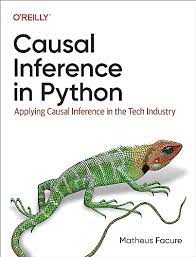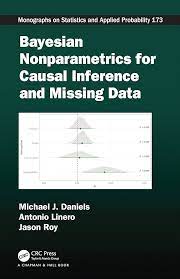Primary Debts and Sources



Propensity Scores, Debiased ML and Causal Mediation
Data Science @ Personio
and Open Source Contributor @ PyMC
3/1/24
Profile
Disclaimer
None of Personio’s data was used in this presentation
Code or it didn’t Happen
The worked examples used here can be found here
Agnostic statistical methods in causal inference are well motivated but limited in scope.
We’ll show how Bayesian non-parametrics are natural framwork in with which to couch and extend these methods



Posterior Predictive Imputation of Treatment Effects
\[ p(\color{blue}{\theta} |D) \propto p(D | \color{blue}{\theta})p(D) \]
where \(\color{blue}{\theta}\) is an explict model parameter becomes
\[ p(\color{blue}{G} |D) \propto p(D | \color{blue}{G})p(D) \]
where \(\color{blue}{G}\) is a general stochastic process
“Each theoretical estimand is linked to an empirical estimand involving only observable quantities (e.g. a difference in means in a population) by assumptions about the relationship between the data we observe and the data we do not.” - Lundberg et al in What is your Estimand
Overfitting
K-fold Propensity Estimation
Conditional Average Treatment Effect
Traditional Model Based Mediation
Non Parametric Causal Inference